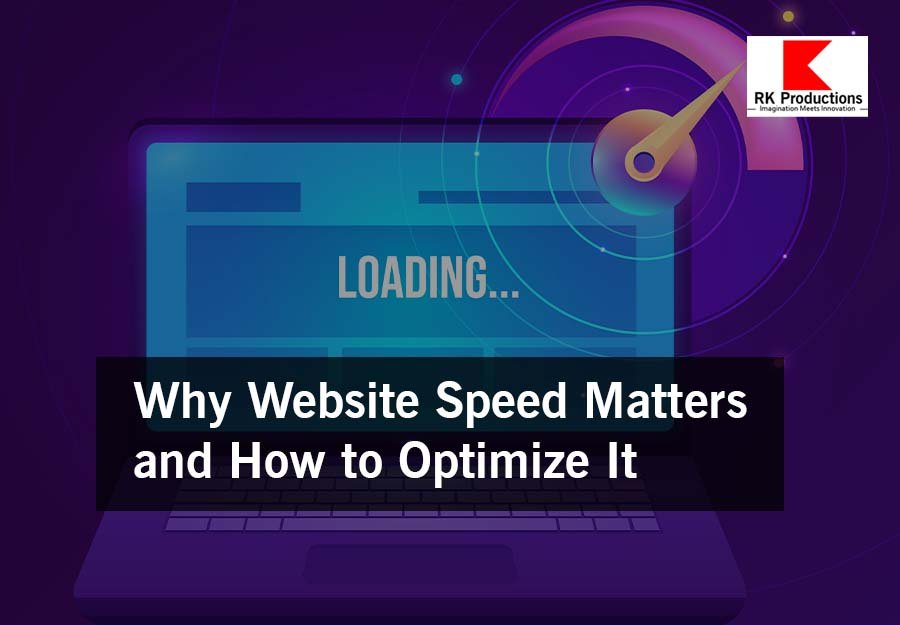In today’s fast-paced digital world, the speed at which your website loads can make or break the user experience. Studies show that users abandon websites that take more than a few seconds to load, affecting not only your website’s engagement but also its SEO ranking. In this blog post, we’ll explore why website speed is essential, the factors that impact it, and actionable tips to improve load times.
Why Website Speed Matters
- User Experience: A fast website creates a positive user experience. Slow loading times frustrate users, leading to higher bounce rates.
- SEO Ranking: Google considers page speed as a ranking factor, so a faster website can improve your chances of ranking higher in search results.
- Conversion Rates: Faster websites often see better conversion rates. Even a one-second delay in load time can lead to significant revenue loss.
- Mobile Optimization: With mobile browsing on the rise, website speed is even more crucial. A site that loads quickly on mobile keeps users engaged and reduces bounce rates.
Key Factors That Affect Website Speed
- Hosting Provider: Your hosting service plays a large role in your website’s performance. Choosing a reliable hosting provider can improve speed significantly.
- Image Optimization: Large, high-resolution images can slow down a site. Optimizing images can improve load times without sacrificing quality.
- Code Structure: Unoptimized CSS, JavaScript, and HTML code can bog down your site. Clean, efficient code speeds up processing.
- Plugins and Scripts: Too many plugins or outdated ones can add unnecessary bulk to your site. It’s essential to regularly audit and update plugins.
- Caching: Caching stores parts of your website in a temporary location, which helps browsers load your site faster on repeat visits.
- Content Delivery Network (CDN): A CDN distributes your site across multiple servers worldwide, reducing load time by delivering content from the server nearest to the user.
How to Test Your Website Speed
- Google PageSpeed Insights: Provides insights and suggestions to improve speed on both mobile and desktop.
- GTmetrix: Offers a detailed analysis and recommendations to improve your website’s performance.
- Pingdom: An easy-to-use tool to check website speed and identify areas for optimization.
Actionable Tips to Improve Website Speed
- Optimize Images: Compress images using tools like TinyPNG or ImageOptim. Use appropriate formats (JPEG for photos, PNG for graphics).
- Minify CSS, JavaScript, and HTML: Use tools like CSS Minify or UglifyJS to reduce code size without affecting functionality.
- Leverage Browser Caching: Enable caching to reduce the need for users’ browsers to reload the entire site every time they visit.
- Use a CDN: Services like Cloudflare and Amazon CloudFront can deliver your content faster by using servers closer to the user.
- Optimize Plugins: Regularly audit plugins to ensure you’re using only essential ones. Update and delete unused or redundant plugins.
- Reduce Redirects: Too many redirects can slow down page load times. Aim to minimize and streamline them wherever possible.
- Implement Lazy Loading: Lazy loading delays the loading of images and videos until they’re needed, reducing initial page load time.
Conclusion
Website speed is crucial for user experience, SEO, and overall business success. By understanding what factors affect site speed and applying optimization techniques, you can significantly enhance your website’s performance, retain users, and increase conversions. Don’t let a slow website hold your business back—invest in speed optimization today!






